Cavity Wall Insulation
Efficient Insulation for a Warmer Home
Cavity wall insulation fills the gap between a home’s external walls with insulating material, helping keep heat inside and cold out.
By reducing heat loss through walls, this upgrade can help lower fuel bills, improve comfort, and create a more energy-efficient and sustainable home environment.
What is Cavity Wall Insulation?
Cavity wall insulation involves filling the space (cavity) between the two outer walls of a house with materials such as mineral wool, foam, or polystyrene beads.
This layer acts as a barrier to heat transfer, reducing the amount of warmth escaping from your home and helping your heating system work more efficiently.
Properly installed insulation can improve overall comfort while lowering energy consumption.
How Does It Work?
Cavity wall insulation is installed using a straightforward process:
Small holes are drilled into the mortar joints of external walls.
Insulating material is injected into the cavity, filling the space between the inner and outer wall layers.
Once the cavity is full, the holes are sealed and finished to match the exterior.
The insulation slows heat loss through the walls, helping your home retain warmth more effectively.
This method is quick, minimally disruptive, and provides a lasting improvement to your home’s energy efficiency and comfort.
What are the Benefits?
Cavity wall insulation offers a range of advantages for homeowners:
Lower energy bills – Less heat escapes through walls, reducing the demand on your heating system.
Improved comfort – Maintain a consistent, warmer temperature and reduce draughts.
Reduced carbon footprint – Efficient energy use lowers fuel consumption and emissions.
Faster heating – Rooms warm up more quickly and retain heat longer.
Enhanced property value – Energy-efficient homes are more desirable to buyers.
Low maintenance – Once installed, cavity wall insulation requires little upkeep and lasts for many years.
Air source heat pumps are suitable for a wide range of properties, but there are a few practical factors to consider before deciding if one is right for your home.
Is Cavity Wall Insulation Right for You?
Wall Type
If your home has cavity walls of sufficient width, insulation can help reduce heat loss and improve energy efficiency. Homes with narrow or solid walls may require alternative measures to achieve the same benefits.
Wall Condition
Because insulation works best in sound walls, any cracks, damaged brickwork, or blocked gutters should be repaired before installation. This ensures the system performs efficiently and avoids moisture or structural problems.
Exposure
Homes in damp or highly exposed locations require careful material selection and installation to prevent moisture issues. Properly installed insulation protects against water ingress and ensures long-term performance and reliability.
Ventilation
Because insulating cavities can affect airflow and moisture movement, existing ventilation should be maintained. Ensuring air bricks and vents remain unobstructed helps prevent condensation and keeps the home healthy.
How We Can Help
At Ignite Sustainable Energy, we’re committed to helping homeowners take meaningful steps towards more efficient, sustainable living. Our team provides clear, practical guidance on how wall insulation works and how they can benefit your home.
We can also help you explore available government funding schemes that support energy-efficiency upgrades, including wall insulation. By understanding your property’s needs and eligibility, we’ll help you make the most of these opportunities to reduce costs and improve your home’s energy performance.
With the right system and the right support, you can enjoy a warmer, more efficient home while contributing to a cleaner, more sustainable future.
Did you know you could be eligible for free energy efficient upgrades for your home?
Get Insulation and other home improvements 100% fully funded through the ECO4 scheme.




